Introduction:
This article covers everything you need to know about programmable power supplies and their applications.
You will learn about:
- What a Programmable Power Supply is
- Applications of Programmable Power Supplies
- Different Types of Programmable Power Supplies
- Benefits of Using Programmable Power Supplies
- And much more...
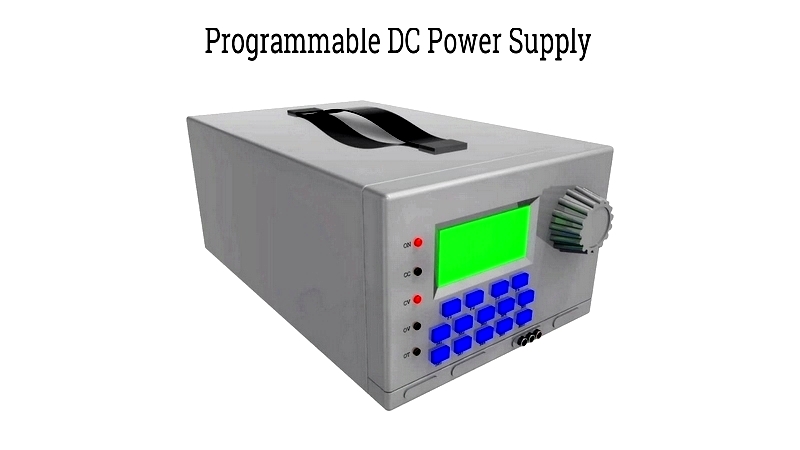
Chapter One: What is a Programmable Power Supply?
A programmable power supply allows precise control of output voltage through analog or digital signals, adjustable via keypad or front panel rotary switches. These units manage output voltage, current, and in AC models, frequency control. Key components include a processor, programming circuits for voltage and current, a current shunt, and a feedback readback circuit.
With multiple protective features, programmable power supplies guard against overvoltage, overcurrent, short circuits, and include thermal management. Available in modular, bench-top, floor-standing, and rack-mounted configurations, they typically use Standard Commands for Programmable Instruments (SCPI) for programming, though some employ manufacturer-specific languages.
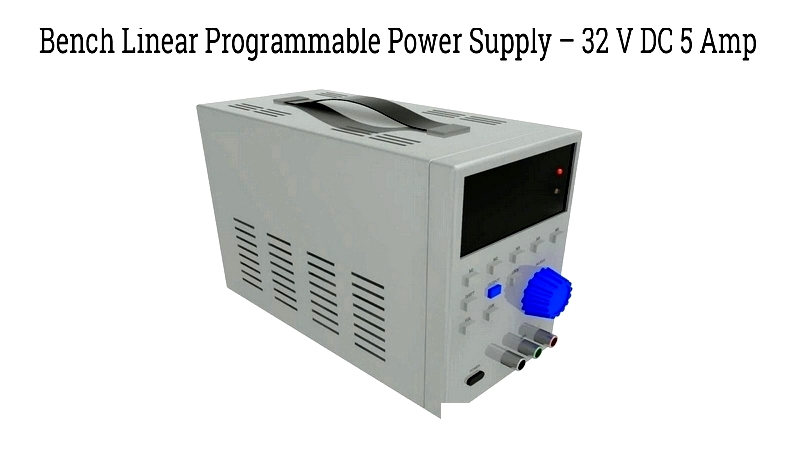
Chapter Two: Applications of Programmable Power Supplies
Programmable power supplies deliver precisely controlled electrical power with adjustable voltage, current, and frequency, making them essential for laboratory testing, electronics manufacturing, and automated test environments. Unlike conventional power sources, they offer superior versatility, flexibility, and remote control capabilities, particularly valuable for developing and testing new equipment. These features enhance power management, reliability, and traceability in both experimental and production settings.
These units provide stable, adjustable power with clean output signals while protecting against grid fluctuations and electrical noise. Their precise regulation and monitoring capabilities are fundamental for circuit design, prototyping, and device validation. With real-time measurement of input and output parameters, they enable efficient troubleshooting, calibration, and product optimization. Advanced models feature remote sensing, data logging, overcurrent protection, and automated sequencing to simulate real-world conditions and rigorously test components.
Users can adjust voltage and current parameters with high accuracy through various interfaces, including keypads, rotary encoders, software, or remote programming via SCPI commands and communication protocols like USB, GPIB, or LAN. Built-in displays provide real-time feedback on settings and operational status, ensuring optimal performance and safe operation for both manual and automated testing.
Automatic Test Equipment (ATE)
Automatic Test Equipment (ATE) is crucial for gathering diagnostic data across industries like defense, aerospace, consumer electronics, automotive, medical devices, and industrial automation. It ensures equipment reliability and compliance while protecting operators from electrical hazards.
ATE systems use computerized control and automated test scripts to evaluate device performance, functionality, and quality. They simulate extreme conditions to test device resilience with minimal human intervention, increasing efficiency and reducing errors. The integration of programmable power supplies enables precise control and real-time monitoring of power delivered to devices under test (DUT).
Typical ATE configurations include analysis software, signal generators, oscilloscopes, measurement instruments, switching matrices, and precision probes.
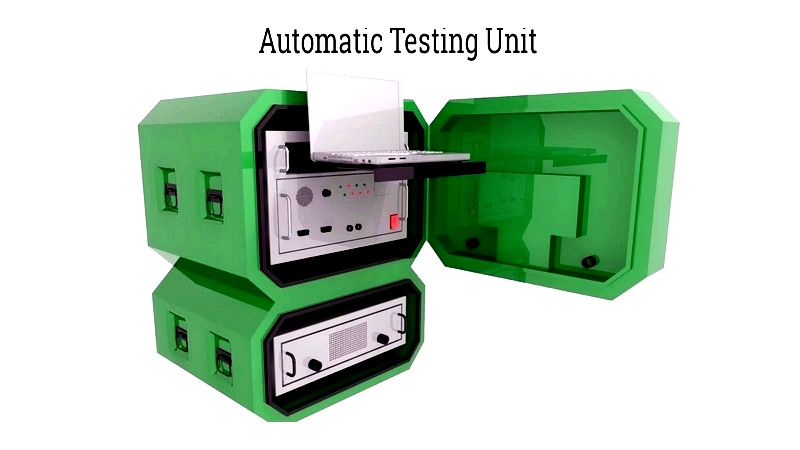
Semiconductor Fabrication
In semiconductor fabrication, programmable power supplies maintain ultra-precise control over process equipment power. They regulate current and voltage for crystal pullers, deposition chambers, and ion implantation devices, ensuring optimal conditions for wafer production. Their programmability and repeatability are essential for maintaining yield and meeting stringent quality standards.
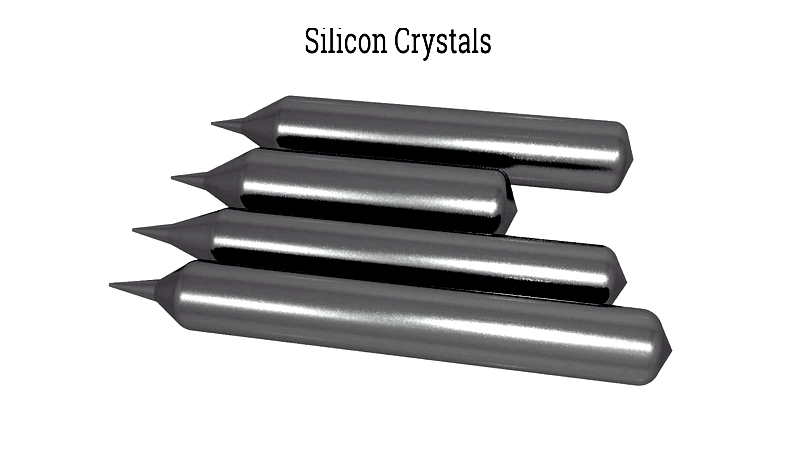
X-Ray Generators
X-ray generators rely on programmable power supplies to precisely control tube power while adhering to safety standards. These units allow adjustment of emission current and voltage parameters, optimize imaging performance, and protect sensitive components. Their real-time monitoring and safety limits ensure operation within specified ranges, supporting output voltages up to 450kV.
Scanning Electron Microscopes (SEM)
Scanning electron microscopes (SEMs) depend on programmable power supplies for electron beam focusing and high-resolution imaging. These units enable voltage adjustment for targeted contrast and resolution, with features like remote diagnostics, automatic calibration, and system monitoring.

Programmable power supplies are indispensable for testing, certification, and analysis of electronic devices. They provide critical test data, streamline validation, and enable engineers to refine product designs through precise regulation of voltage, current, and frequency.
Other Applications
Laboratory
In labs, programmable power supplies test circuits, prototype designs, and simulate operating conditions. They support experiment automation and remote data collection, making them valuable for research and education.
Test and Measurement
These supplies are critical for test and measurement applications, supporting instrument calibration, quality control, and environmental testing of electronic devices.
R&D (Research and Development)
During R&D, programmable power supplies enable controlled test environments and accelerated design validation through flexible power management.
Manufacturing
In manufacturing, they support automated production testing, quality inspections, and debugging of electronic assemblies, ensuring compliance with performance standards.
Programmable power supplies are essential for organizations prioritizing precision, efficiency, and reliability in electronics testing and manufacturing. As demand grows for smarter devices, their role in quality control and innovation continues to expand.
Chapter Three: Types of Programmable Power Supplies
Programmable power supplies are categorized by current type and remote configurability. DC programmable power supplies deliver stable DC output for precise voltage regulation, while AC programmable power supplies generate configurable waveforms for simulating grid conditions. Selection depends on specifications like voltage range, programmability, and safety features.
DC Power Supply
DC programmable power supplies provide constant current or voltage and are available as linear regulated or switching regulated models. They support various output voltages and are essential for electronic testing and automated equipment.
Key features include:
- Adjustable voltage and current settings
- Overcurrent and overvoltage protection
- Remote sense feedback
- Multiple output channels
Constant Voltage (CV)
Maintains fixed output voltage while current adjusts to load changes, ideal for circuits requiring precise voltage.
Constant Current (CC)
Maintains fixed current, automatically switching from CV to CC mode if load exceeds limits, protecting connected devices.
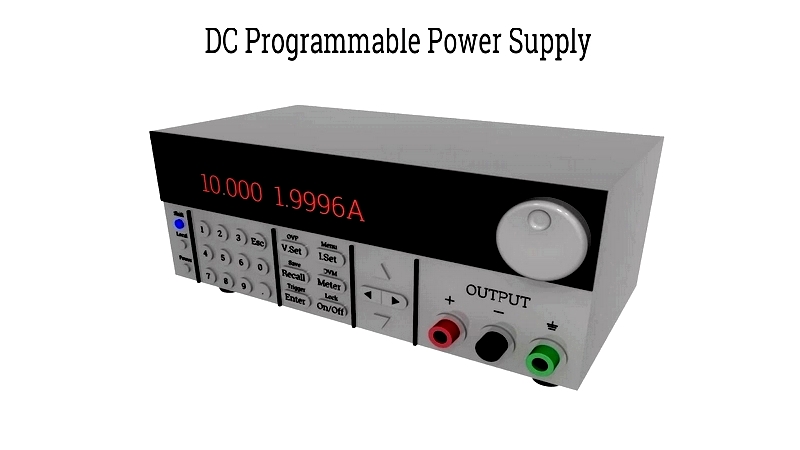
AC Programmable Power Supply
These units deliver precise AC power with adjustable voltage, frequency, and waveforms for testing under various grid conditions. They're used for compliance testing and




